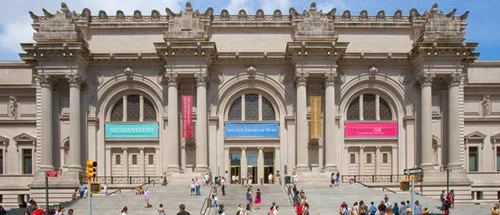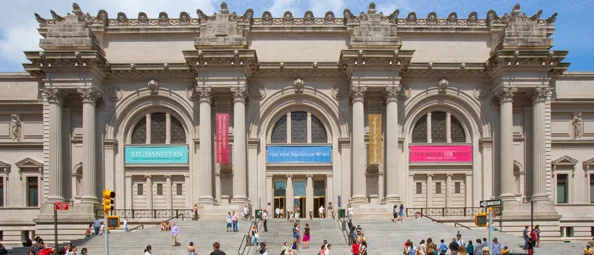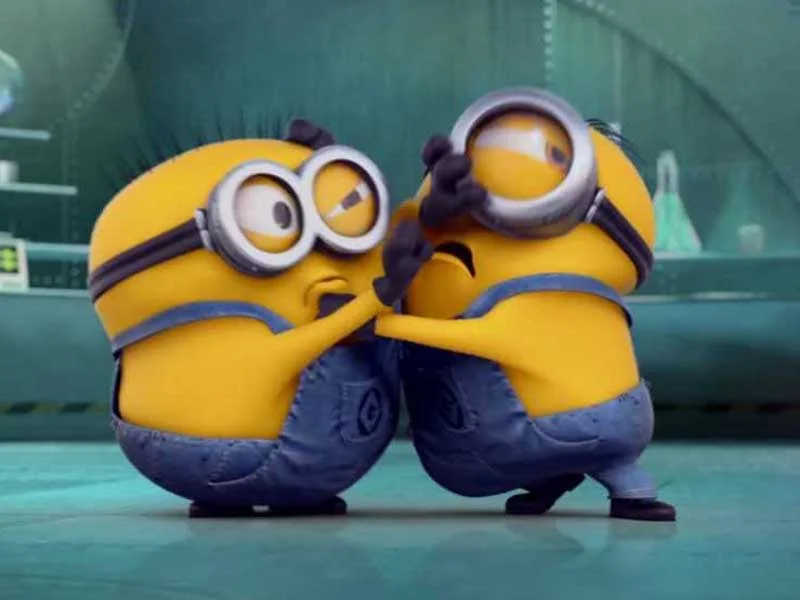Museums in the News – Building a better Met
Andrea Duffie
Metropolitan Museum of Art in New York City. Photo credit: NYCArts.org
Over the weekend, the New York Times ran an article that was provocatively titled, "Is the Met Museum 'a Great Institution in Decline'?" And to be honest, after the 2016 that the Met had, it was probably a fair question.
Between the reveal of the museum's $40 million deficit that forced the buyout or layoff of nearly 100 employees, the hefty price tag of its expansion into the Whitney's old building (now known as Met Breuer), its botched plans for its David Chipperfield expansion, and its publicly-ridiculed yet very expensive rebranding project...after all of that, the Met could have probably used an institution-wide hug.
It's worth pointing out that the Met's financial struggles are not an isolated incident among New York's big museums. MoMA also offered voluntary buyouts to its staff members during 2016, and the Brooklyn Museum did the same in order to off-set a $3 million deficit.
The important thing now, at least where the Met is concerned, is figuring out how museum leadership plans to identify the larger problem (i.e. "who or what to blame") and how to fix it.
WHO OR WHAT *NOT* TO BLAME
While the article points out that there are plenty of people on the museum staff who are willing to anonymously play armchair quarterback to Thomas Campbell, the director of the Met for almost ten years, these same internal critics also describe a "pervasive sense that institutional memory is going out the door and [a] fear that the Met’s mission to educate through scholarship has been overshadowed by its desire to attract millennials through social media."
To which I personally say: That assertion is some serious...
Bronze bull. Greek, second half of the 5th century B.C. Collection of The Metropolitan Museum of Art.
Look, while I am a fan of Thomas Campbell, I'm not saying that his financial overreach was good. Yes, he could have probably paced himself and the institution's checkbook a little bit better. But I still don't think the scope of his vision is wrong.
The main problem that I see is that the Met's anonymous "internal critics" think that educating through scholarship and attracting Millennials through social media are mutually exclusive things.
But they aren't. At all.
A MODEST PROPOSAL
There is an unfortunate strain of snobbery among some museum and academic scholars who consider new media to be nothing more than a marketing gimmick. They don't take it seriously, they feel that it contributes to the "dumbing down" of high-minded art criticism, and they consider it a minor distraction in the institution's overall quest to push the envelope of artistic or scientific knowledge.
Scholarship versus social: a museum battle royale. (Image courtesy Illumination Entertainment/Universal Studios.)
Their marketing teams, on the other hand, recognize social media for what it is: a way to interact with museum patrons outside of the institution, a way to spread new knowledge and information about museum collections in an easy-to-digest format, and a way to attract a new generation whose monetary donations will be paying the organization's electric bills over the next several decades.
This is not a rant against researchers or scholarship at all, because knowledge is important – museums, by their very existence, are founded on it. And lord knows, "millennial engagement" can often feel like chasing after one shiny new iPhone app after another.
This rant is against a misplaced sense of academic snobbery, because the reality is that museum scholarship and social media can – and should – play together in the same sandbox, so long as they respect each others' strengths and weaknesses and treat each other like equals.
Whether the anonymous internal critics at the Met realize it or not, the next generation of donors is going to become increasingly difficult for organizations to reach outside of social media as audiences become more and more niche-based, retreating into their respective content bubbles. Therefore, it might behoove them to become fluent in the medium.
Likewise, social media doesn't really provide the chance for organizations to dig deep into specific objects or ideas – literally, the entire point of museums – which is why solid, well-researched scholarship is so important once visitors wander into the galleries.
The Met is a great institution that's still got a lot going for it – its vast permanent collection and frequent exhibitions are stronger than ever, and its attendance has increased to about seven million people a year. Perhaps if Mr. Campbell would focus on healing this particular divide in his institution, it would not only go a long way towards uniting and balancing his organization's interests...it might also set a national example for other museums to follow during the next several years.


